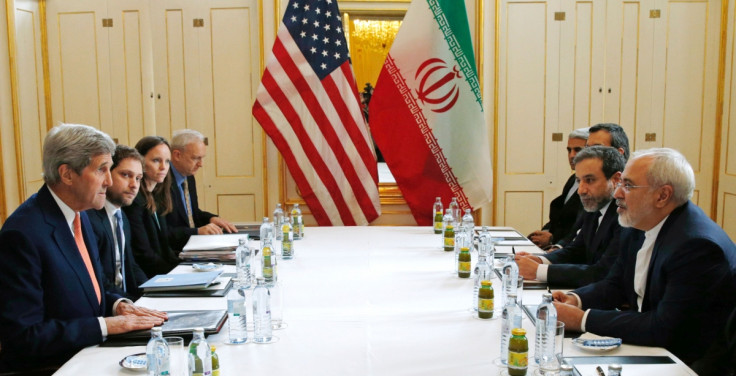US reportedly planned cyberattack on Iran's air defences and power grid if nuclear deal failed

The United States reportedly planned on carrying out a massive cyberattack against Iran in case diplomatic attempts to curb its nuclear programme failed. The cyberattack, said to be codenamed Nitro Zeus, was aimed at disabling Iran's air defences, communications systems and other crucial infrastructure of its power grid.
However, the plan was put on hold after a nuclear deal was reached between Iran and six other nations in summer 2015, according to a report by The New York Times. Nitro Zeus involved thousands of American military and intelligence personnel, and envisaged spending tens of millions of dollars and placing electronic implants in computer networks in Iran.
Nitro Zeus was to assure President Barack Obama that he had an alternative plan to war in case Iran went against the US or its allies. The cyberattack plan, developed by the Pentagon, was of great urgency to White House officials as there was a good chance that Israeli Prime Minister Benjamin Netanyahu would decide to strike against Iran's nuclear facilities, drawing the US into the hostilities.
Nitro Zeus cyberattack
The Nitro Zeus plan was revealed during the reporting for a documentary, Zero Days, directed by Alex Gibney that would be first shown on 17 February at the Berlin Film Festival.
Zero Days describes conflicts between Iran and the West in the years before the nuclear agreement, the cyberattack on the Natanz enrichment plant, and the debate inside the Pentagon over whether the US has a workable policy for the use of a new form of weaponry.
The Nitro Zeus plan actually originated during the Bush administration but took a new turn in 2009 and 2010 when Obama asked General John R Allen to develop a detailed military plan for Iran in case diplomacy failed, said the report. It was a time of great tension when Iran accelerated its production of centrifuges, producing bomb-grade fuel and Western intelligence agencies feared that the country could actually develop a nuclear weapon. At that time, Obama's aides thought he might not have a credible military contingency plan, even though planners warned of significant effects on civilians.
Cyberattack against Fordo nuclear enrichment site
At the same time, US intelligence agencies had developed a separate cyberplan to disable one of the toughest targets in Iran, the Fordo nuclear enrichment site, which is inside a mountain near the city of Qum.
The proposed operation was intended to insert a computer worm into the Fordo computer systems to destroy the ability of centrifuges to enrich uranium at the site.
As per the terms of the nuclear agreement with Iran, two-thirds of the centrifuges inside Fordo have been removed, along with the nuclear materials. The Fordo nuclear facility is banned from any nuclear-related work and is now being used for other purposes for the next 15 years.
Both these secret cyberattack plans reveal the Obama administration's concerns that negotiation with Iran could fail.
© Copyright IBTimes 2025. All rights reserved.





















